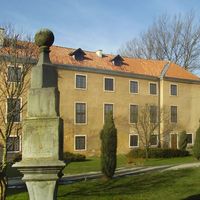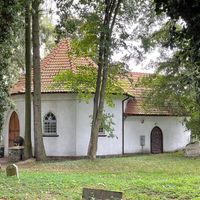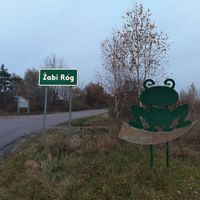Morąg
7

Overview
The Morąg Commune, with its seat in the town of Morąg, is located in the Warmian-Masurian Voivodeship, in Ostróda County. The commune was established in 1945 as part of the Recovered Territories, and its history is rich and complex. Initially, the commune had its seat in Morąg, but in 1946 it was moved to Królewo. After more than a dozen years, in 1973, the Morąg Commune was restored as a result of the reactivation of communes in Poland. Between 1975 and 1998, the commune was part of the "small" Olsztyn Voivodeship. The commune covers an area of 310.55 km², of which 53% is agricultural land and 25% is forest land, making it attractive to those interested in agriculture and nature.
Demographically, the Morąg Commune had a population of 25,245 in 2011, with a significant portion residing in the town of Morąg. By 2019, the population had decreased to 24,199. The commune is divided into numerous village administrative units (sołectwa), each with its unique characteristics and local traditions. It is worth noting that the history and architecture of Morąg are rich with influences from various cultures, evident in its architecture, with historic buildings and urban infrastructure that attract tourists. The culture of the Morąg Commune reflects the region's rich ethnic mosaic, with diverse cultural events and traditions cherished by its residents.
An interesting fact is that administrative documents from 1973 mention the uninhabited forest ranger's lodge Jegliak, highlighting the unique character of the region. The Morąg Commune borders many other communes, fostering cultural exchange and local cooperation. Overall, the Morąg Commune is an interesting place that combines historical, architectural, and cultural values, and its residents are deeply connected to local traditions, making it an extremely attractive destination for visitors.
Location
You can also find here:
2025 Wizytor | All Rights Reserved



